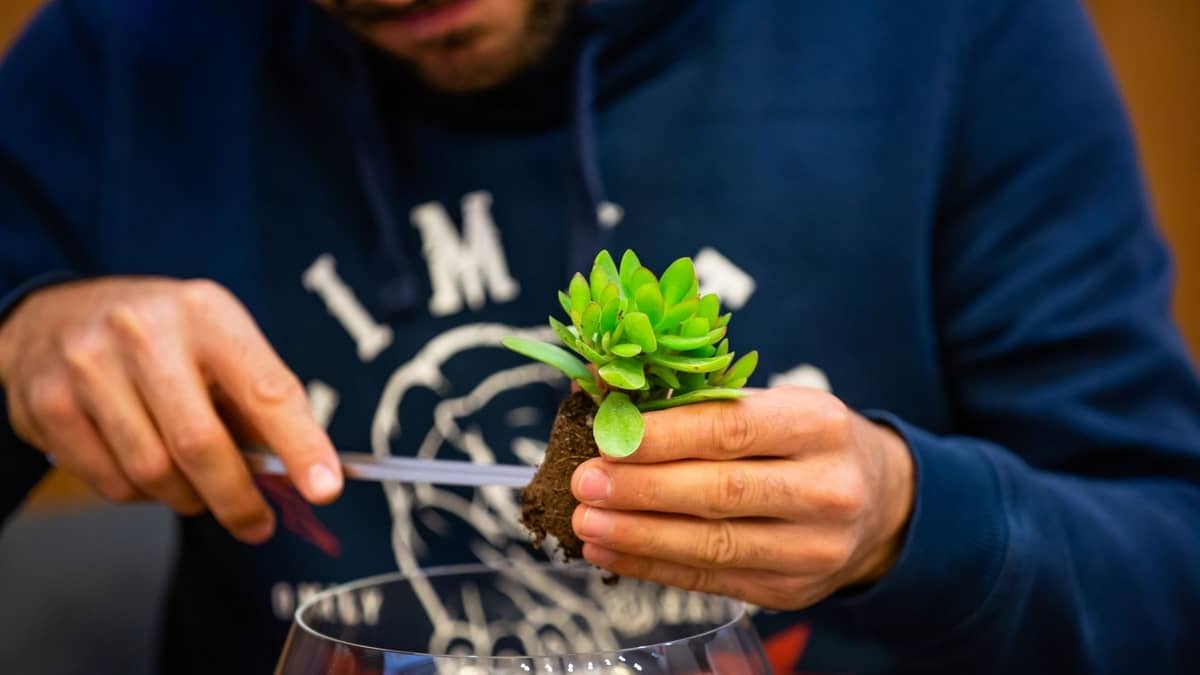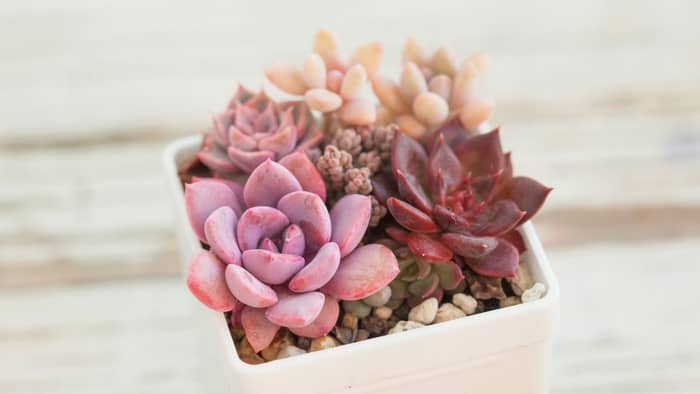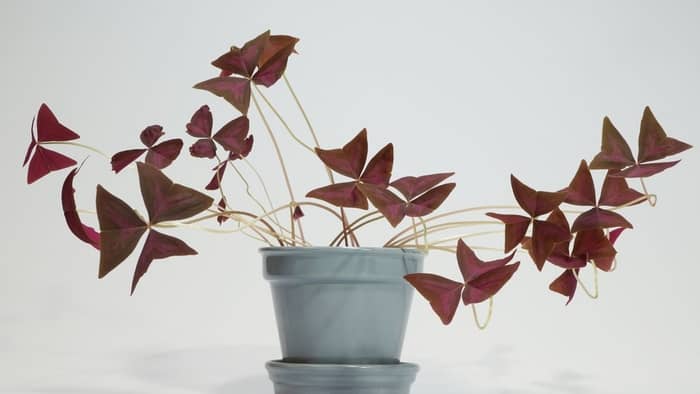Last Updated on May 25, 2022 by Marco C.
Since not all of us have the time to plant and care for massive plants, many people wonder what are the best tiny plants to grow indoors – species that won’t take up too much room and they won’t take away too much of your time. In today’s article, we’ll be listing the most common and the most beloved tiny plants to grow indoors.
Echeveria
Probably the top choice for many gardeners, echeverias are some of the easiest plants to grow indoors. These succulents are very small and they won’t grow basically at all, so you won’t have to repot them. Most echeverias you can buy in the gardening store have already grown to their full size, so what you see is what you get.
They’re also super easy to take care of. All you need is regular, well-draining soil (which you can get at literally any store), a pot with a drainage hole at the bottom, and plenty of sunlight. Admittedly, you can’t do anything about the last one, but you can place your plant in front of a west-facing window or a south-facing window and ensure that it receives enough light.
Echeverias are succulents, and succulents are used to high temperatures and a lot of sun exposure – this means that you’ll need at least six hours of sunlight on a daily basis to grow your echeverias. Anything more than six is great!
Lastly, similar to how cacti work, echeverias don’t like too much water – they’re used to being dried out (succulents have a way of retaining moisture, so just because the soil is dry doesn’t mean that the plant is thirsty). If you overwater your echeveria, it could develop root rot.
Learn more about: How to Get Rid Of Mold on Succulents?
Oxalis Plant
Oxalis triangularis, colloquially known as the oxalis plant, is a perennial. Before we go any further, we have to point out that most of the plants on this list are from different families and genera, meaning that they have different requirements when it comes to caring. Even though diversity is great, not all plants can share the same space.
For example, some plants may need very high levels of humidity and high temperatures, while other plants thrive if you keep the temperature cool and you don’t moisten the air at all. Keep this in mind when you’re choosing your plants.
So, back to the oxalis plant, unlike our previous entry – it doesn’t need plenty of sunlight. In fact, it prefers indirect sunlight, so keeping it in a spot that’s near a window but is never actually struck by sunlight is ideal. According to experts, it’s best to place them in a spot that’s only covered with the sun in the afternoon.
Once again, unlike our previous entry, oxalis plants don’t like to be left out to dry – they also don’t want soggy soil. So, make sure to water them frequently, but only when the soil has started to dry out. They should never drown in water, but they should never dehydrate either.
Scotch Moss
Since it’s moss, it’s one of the simplest plants to take care of. These plants will rarely grow to be taller than an inch, and they’re very simple when it comes to caring. Just plant them in soil that’s well-draining and make sure it’s perpetually moist. Just like echeverias, scotch moss likes sunlight.
It needs at least 6 hours of sunlight daily, and it’s even better if it gets more. It’s best to let some sunlight in during the afternoon hours, provided it’s not so intense that it’ll burn your plants. You’ll also need to water it consistently, it doesn’t like underwatering.
It also doesn’t like overwatering. If you do either, you’ll notice the brown patches that will definitely start to form. It likes a temperate climate, so you don’t have to worry about the temperature and humidity.
Given that you’re growing it indoors, your moss will need some fertilization to help it grow (this wouldn’t be the case if you grew it outside). You should fertilize it on a yearly basis, and it’s best to do so in the spring. The fertilizer should be mild – fertilizer with too much nitrogen is basically steroids to this plant and it’ll kickstart growth you won’t be able to control.
Because it’s moss, it’ll grow in width as much as you let it. Because of its beautiful looks, scotch moss is a great addition to your little indoor garden, as it will make it look like you have grass in your home.
Read more about: How to Plant Irish Moss Seeds?
FAQ
What plants can grow in tiny pots?
Echeverias are great plants to grow in tiny pots as they essentially won't grow past what you bought in the store. These plants also don't need too much watering or a high level of moisture - they'll do well as long as you keep them near a window with plenty of sunlight.
Which plant is best for bedroom?
Aloe Vera is one of the best plants when it comes to air purification and it was actually listed by NASA as one of the best plants for this purpose. It's a great provider of oxygen.
How do you grow small indoor plants?
Most small plants won't grow too much indoors because of the restricted amount of light. Many plants need plenty of light to grow, and since the amount of light they get indoors is more than limited, they rarely grow to reach their full potential.
How do you take care of indoor small plants?
There is no universal answer to this question. Different plants have different requirements - for example, echeverias and oxalis plants are two vastly different species and their needs aren't similar at all.
To Sum Up
Most small plants are easy to care for, and if you want plants with minimum requirements, then succulents are your best option because they’re happy as long as they get enough sunlight. You can choose a variety of plants and form a small indoor garden, just remember that different species have different requirements and may not work well together.



